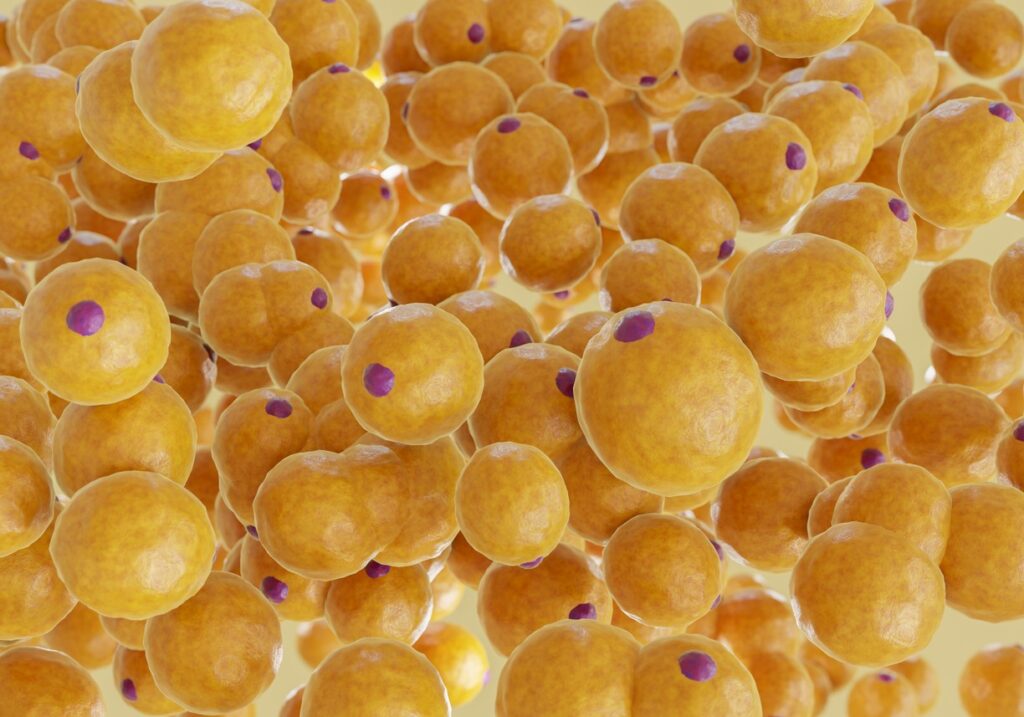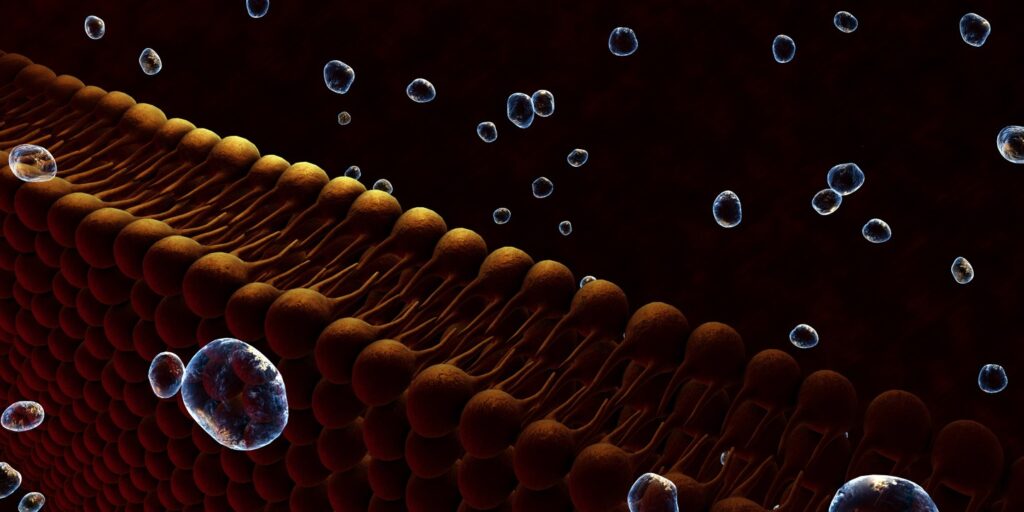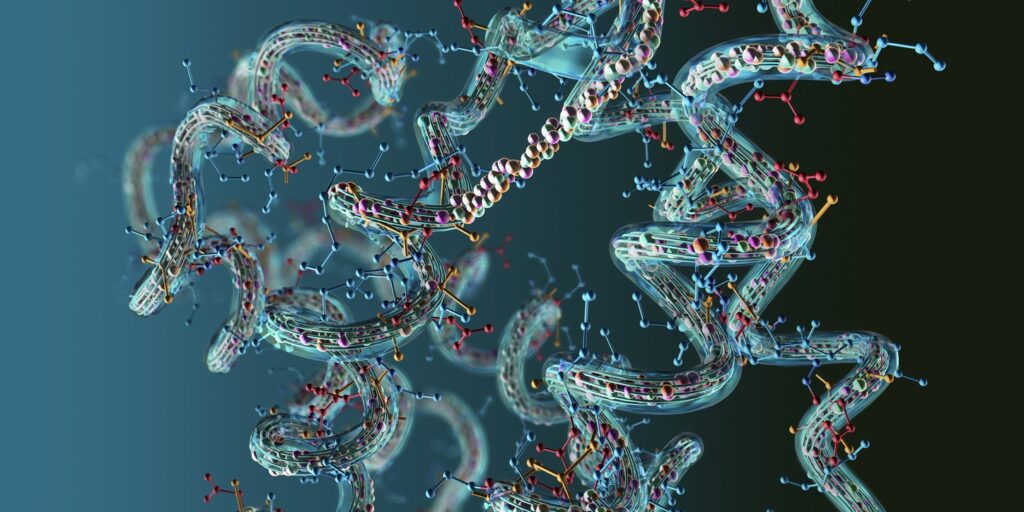Peptide Blog
All articles and shared info are for educational purposes only.
Latest Peptide Articles
Insights into the Tesamorelin, Ipamorelin, and CJC-1295 Peptide Blend
The Tesamorelin & CJC-1295 (Mod GRF 1-29) & Ipamorelin peptide blend represents a combination of synthetic peptides, each with distinct properties that researchers have hypothesized may hold mechanisms for stimulating growth hormone (GH) synthesis and secretion. Although structurally and functionally unique, these peptides appear to share a common focus on modulating the endocrine system's GH...
Liraglutide Peptide: Potential in Obesity and Diabetes Research
Liraglutide is a synthetic analog of the glucagon-like peptide-1 (GLP-1), an endogenous incretin hormone known for its potential role in regulating glucose metabolism and appetite. Classified as a lipopeptide, Liraglutide peptide is suggested to be structurally similar to GLP-1, sharing 97% homology with its natural counterpart and containing 31 amino acids, including an arginine residue...
Modified GRF 1-29 & Ipamorelin Blend: Studies in Growth Hormone Secretion and Metabolic Regulation
The Modified GRF 1-29 and Ipamorelin blend represents a significant advancement in peptide-based research, particularly for its potential to influence growth hormone secretion and metabolic processes. This synergistic combination pairs two complementary peptides with distinct but interconnected roles, which is considered pivotal in this branch of scientific research. Modified GRF 1-29, a stabilized analog of...
AHK-Cu Peptide And Epithelial Tissues
AHK-Cu is often described as a small tripeptide (alanine–histidine–lysine) that may incorporate a copper ion bound to the residues of alanine and histidine. Some researchers believe that the amino acid sequence might be endogenously occurring. Investigations by qualified researchers also propose that AHK-Cu peptide might have a role in modulating several processes in endothelial cells,...
MGF Action on Different Types of Muscle Cells
Mechano-growth factor (MGF) is posited to be a short, 24–24-amino-acid segment that may appear within one of the isoforms of insulin-like growth factor-1 (IGF-1). For context, IGF-1 is widely regarded as one of the most powerful endogenous factors driving cellular growth and proliferation. One of its isoforms produced via the IGF-1 gene appears to be...
Adipotide FTPP and Metabolism of Adipocytes
Adipotide, also referred to as FTPP or Prohibitin-targeting peptide 1 (Prohibitin-TP01), is a synthetic compound that may mimic specific parts of endogenously occurring proteins. In other words, it is posited to be a “peptidomimetic,” which means it may produce sequences of amino acids to imitate the way certain proteins normally work. The sequence of the...
Tesamorelin Peptide: Lipid Metabolism and Muscular Tissue Modulation
Tesamorelin is a synthetic peptide composed of 44 amino acids designed to closely mimic the structure and function of growth hormone-releasing hormone (GHRH). Modifications to its structure, particularly at the N- and C-termini, are believed to support its stability and resistance to enzymatic degradation compared to endogenous GHRH. These changes include the addition of an...
Ipamorelin & GHRP-2 Blend Research Into Growth Hormone Secretion
GHRP-2 and Ipamorelin are research peptides that are commonly referred to as growth hormone secretagogues (GHSs). This is because they both have the potential to interact with a specific subset of receptors in pituitary gland cells, which are called growth hormone secretagogue receptors. As evident from the name of the receptors, their activation may trigger...
CJC-1295 & Ipamorelin & GHRP-2 Blend Research Into Growth Hormone Secretion
CJC-1295 & Ipamorelin & GHRP-2 are research peptides that are believed to interact with different receptors on pituitary gland cells. These cells are thought to produce a wide variety of hormonal substances that consequently regulate other endocrine cells and tissues. CJC-1295 & Ipamorelin & GHRP-2, in particular, are thought to stimulate the potential of pituitary...









